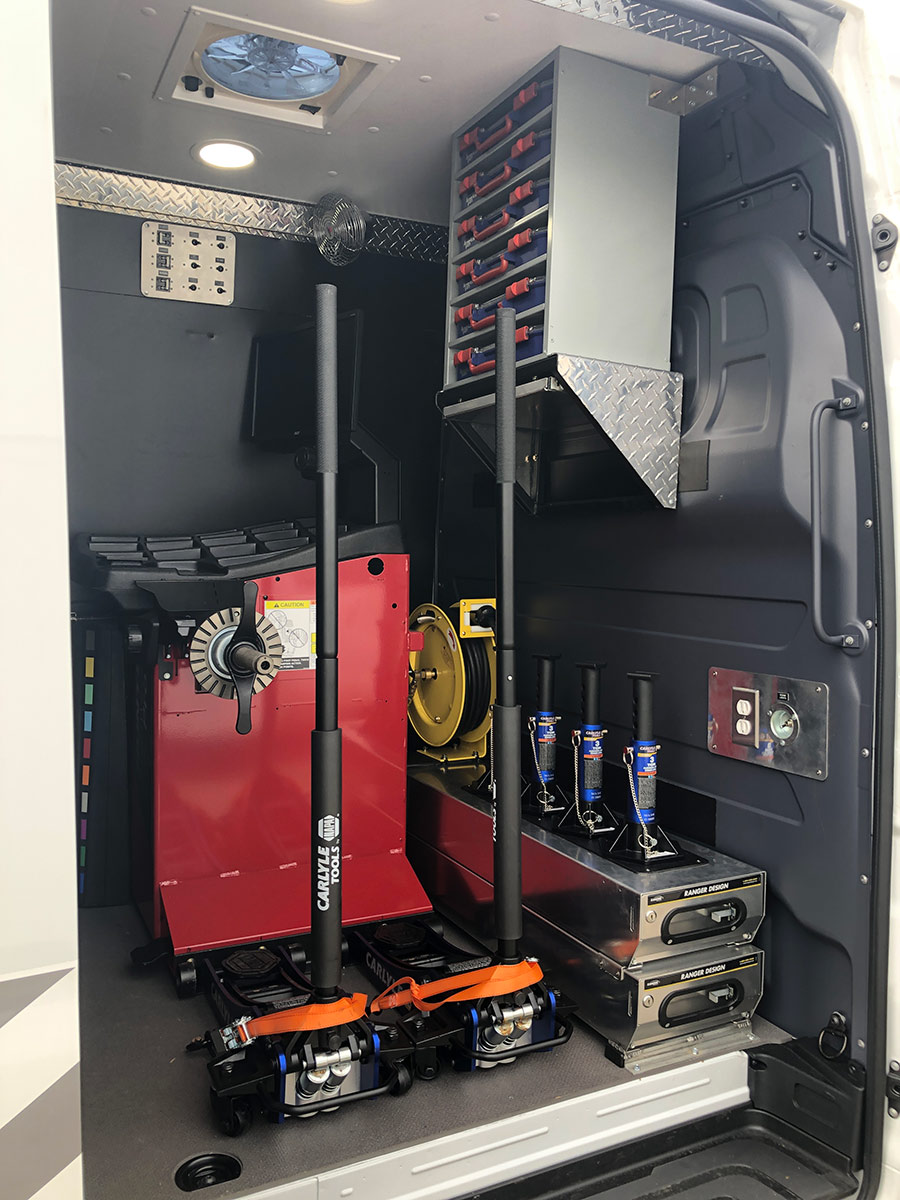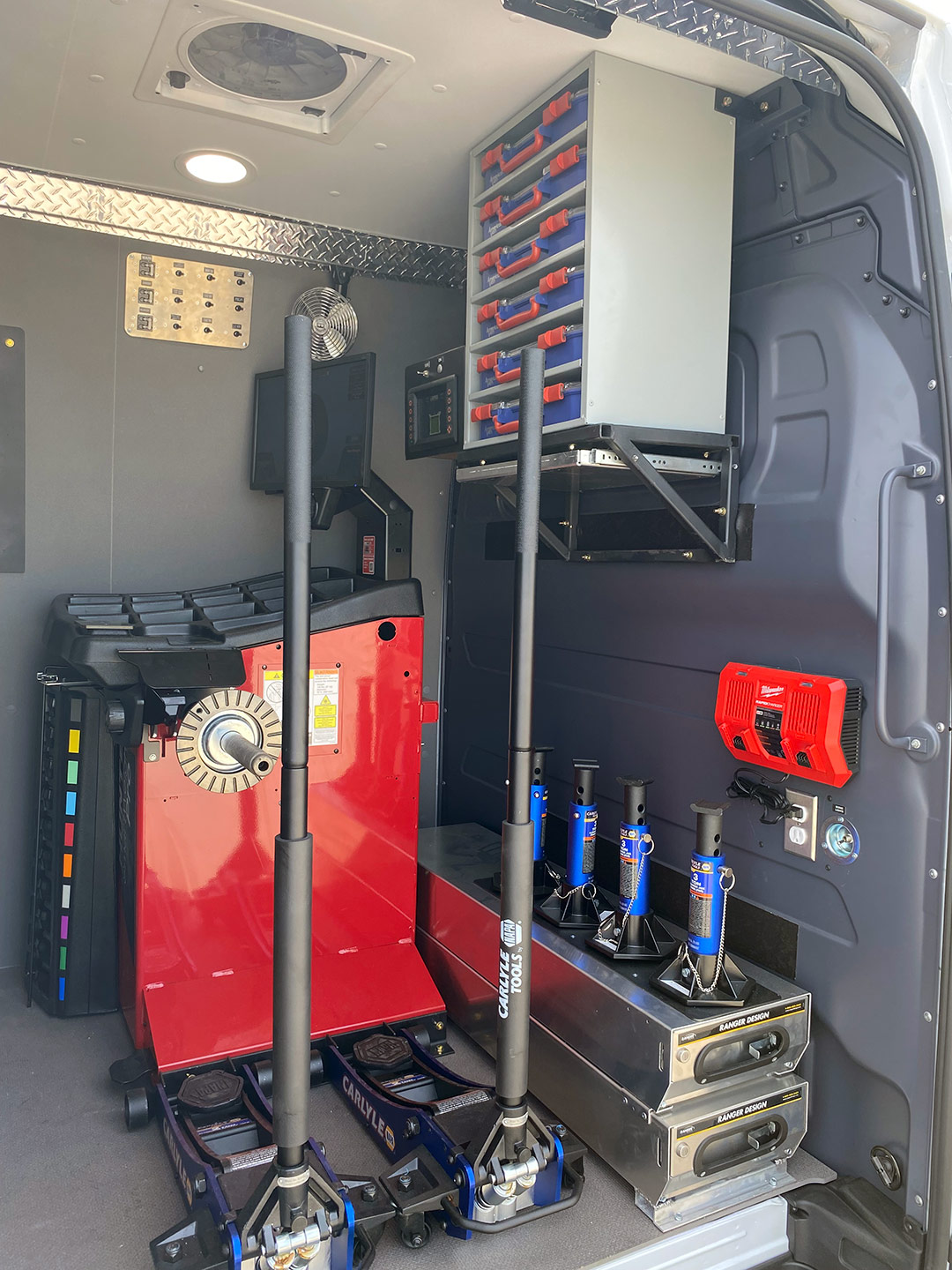Tire Service: Proven Methods for Ideal Tire Upkeep and Treatment
From making certain proper tire stress to normal turning and positioning, there are proven approaches that can substantially extend the life-span of your tires and improve general driving experience. Let's delve right into the world of tire service and find the secrets to keeping your tires in top-notch form for the lengthy haul - Mobile Tire Change Las Vegas.
Value of Tire Pressure
Ample tire stress promotes better gas effectiveness, as under-inflated tires can lead to raised rolling resistance, causing the engine to function more difficult and eat even more fuel. Correct tire pressure ensures even walk wear, boosting tire long life and saving money in the long run by delaying the requirement for early substitutes. Frequently adjusting and checking tire pressure, particularly previously lengthy trips, is a straightforward yet effective method to enhance car performance, prolong tire life-span, and focus on safety and security on the roadway.
Tire Rotation Guidelines
When considering tire rotation guidelines, it is important to recognize the relevance of this upkeep job in maximizing tire lifespan and maintaining optimal vehicle performance. Tire rotation involves altering the position of each tire on a car to guarantee even tread wear. Front tires tend to wear a lot more promptly than back tires as a result of guiding forces, making routine rotation essential for balanced wear patterns. The advised rotation pattern varies depending upon whether a lorry is front-wheel, rear-wheel, all-wheel, or four-wheel drive. Generally, tires should be revolved every 5,000 to 7,500 miles, or as suggested in the lorry handbook. Ignoring tire rotation can result in uneven wear, influencing handling, grip, and potentially compromising vehicle safety and security. By sticking to proper turning standards, motorists can extend the life of their tires, improve gas effectiveness, and enhance total driving experience. Routine rotation is a straightforward yet efficient maintenance technique that contributes significantly to tire long life and automobile performance.

Advantages of Wheel Placement
Ensuring correct wheel alignment after tire rotation is vital for maintaining balanced wear patterns and making best use of car efficiency. Wheel positioning describes the modification of the angles of the wheels to the manufacturer's specs. One of the essential advantages of wheel placement is enhanced handling and guiding response. When the wheels are appropriately aligned, it minimizes steering effort, making certain a smoother and much more regulated driving experience. Additionally, right wheel alignment assists to expand the life expectancy of your tires. Misaligned wheels can trigger uneven tire wear, leading to early tire replacement and boosted maintenance expenses.

Tire Footstep Deepness Inspect
Doing a normal examination of tire walk depth is vital for preserving risk-free driving click for more info conditions and extending the lifespan of your tires. Unequal tread wear can suggest concerns with tire placement, suspension, or stress, highlighting the significance of routine step deepness checks. By incorporating tire walk deepness checks into your regular upkeep timetable, you can drive with confidence understanding that your tires are in top problem.
Seasonal Tire Examination
Seasonal tire assessment is a fundamental facet of tire upkeep that ensures tires are all set to deal with the challenges postured by different climate conditions. In prep work for winter season, it is crucial to inspect the tire pressure their website consistently as chilly temperatures can trigger tire pressure to go down. By conducting regular seasonal tire inspections, vehicle drivers can prolong tire life-span, enhance gas efficiency, and most notably, guarantee a safe and secure driving experience in varying climate conditions.
Verdict
To conclude, preserving proper tire pressure, revolving tires frequently, straightening wheels correctly, keeping an eye on tread depth, and performing seasonal inspections are necessary practices for optimum tire care. By complying with these confirmed methods, Full Article chauffeurs can guarantee their tires last much longer, carry out much better, and contribute to general lorry safety. It is very important to focus on tire maintenance to avoid accidents, improve fuel performance, and lengthen the lifespan of tires.
Sufficient tire stress advertises far better gas efficiency, as under-inflated tires can lead to enhanced rolling resistance, causing the engine to work more difficult and take in even more gas.When taking into consideration tire turning standards, it is important to understand the significance of this upkeep job in making best use of tire life-span and maintaining optimal vehicle performance. Seasonal tire evaluation is a fundamental aspect of tire maintenance that ensures tires are ready to face the challenges positioned by different weather conditions. By performing regular seasonal tire examinations, vehicle drivers can lengthen tire life-span, boost gas effectiveness, and most notably, make sure a safe driving experience in varying climate conditions.
In conclusion, keeping proper tire pressure, rotating tires routinely, lining up wheels properly, keeping an eye on walk depth, and carrying out seasonal inspections are vital techniques for optimal tire treatment.